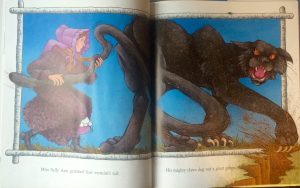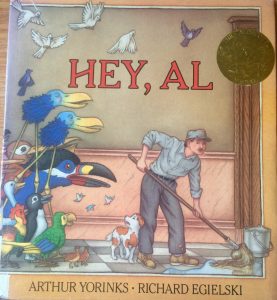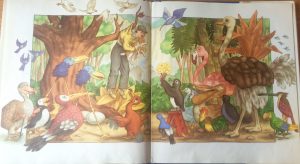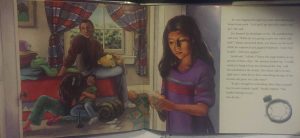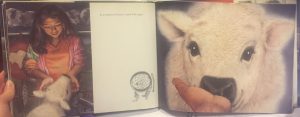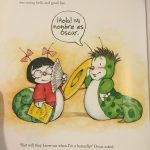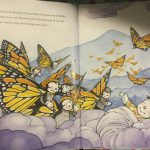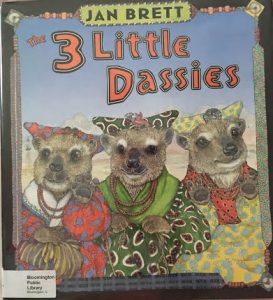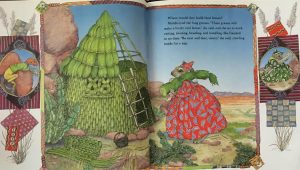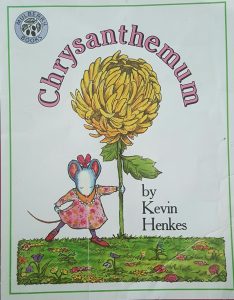
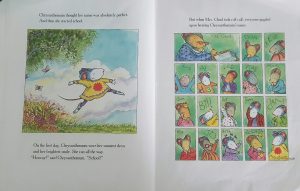
Title: Chrysanthemum
Author: Kevin Henkes
Illustrator: Kevin Henkes
Publishers and Year: Greenwillow Books, 1991
Number of pages: 30
Genre: Fiction
Chrysanthemum is a story of a young mouse girl who loves her name. Upon arriving to school, however, all of the children in her class repeatedly make fun of her name, causing Chrysanthemum to dread her own name. Only after being affirmed by her music teacher does Chrysanthemum learn to truly appreciate the name she was given.
This book serves as a mirror for its audience. Children, and sometimes adults, struggle with not only finding their true identity but also clinging to it in times of trial. In this book Chrysanthemum decided that she hates her name at the first sign of trouble. Children are very similar in that they, too, question their identity when it is picked apart by their peers. Watching Chrysanthemum realize the beauty in her own name, despite the fact that it is very different from that of her peers, teaches readers a valuable lesson: a person’s identity is not rooted in what other people say or do, and the true beauty of who someone is actually lies in their differences rather than their similarities.
The text in this book is very strong and could easily stand alone. However, the illustrations help to amplify the emotional turmoil that Chrysanthemum is experiencing. For example, all of the images are framed; revealing the confinement Chrysanthemum feels as she battles the confusion of her own identity. The illustrations also add to the text in other ways. For example, one page has a picture of each student in a yearbook style layout with their names written across the top. Each student’s name fits nicely across the top of the box, except Chrysanthemum. Her name extends outside the box in a dramatic fashion. In addition to this, each student has a cheerful expression, except for Chrysanthemum. The combination of these two helps exemplify the embarrassment and shame being felt by Chrysanthemum at the current situation. Overall, this book shares a very important theme with its readers: the best parts of a person’s identity are formed through their differences. Therefore, it challenges its readers to embrace their differences proudly and walk fully in their identity without fear of ridicule from others.

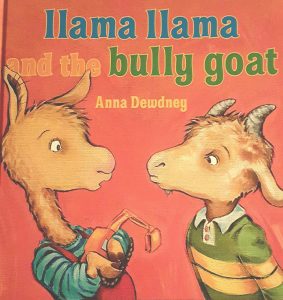
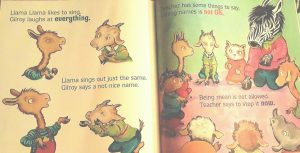
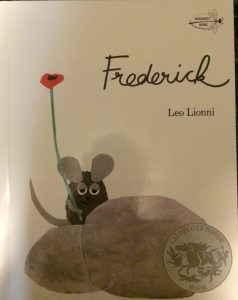
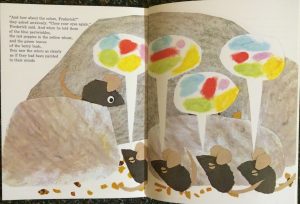
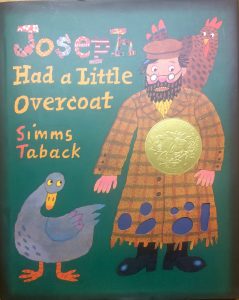
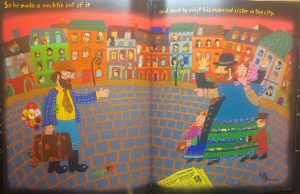
 One Fine Day is a Caldecott Medal winner. It is a story about a little fox that gets is tail cut off by an old woman for drinking her milk. The only way he is able to get his tail back is if he brings the old woman more milk.
One Fine Day is a Caldecott Medal winner. It is a story about a little fox that gets is tail cut off by an old woman for drinking her milk. The only way he is able to get his tail back is if he brings the old woman more milk.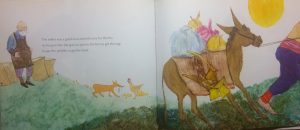
 her is a story about a woman named Miss Sally Ann Thunder Ann Whirlwind and her adventure with Fireeyes the panther. The story starts off talking about all the things she does which is spin yarn, make clothes, and milk cows. On day she goes into the forest and runs into the panther, they fight for days then they become good friends. The panther ends up living with Miss Sally Ann in her house and they cook, clean, play and sing together.
her is a story about a woman named Miss Sally Ann Thunder Ann Whirlwind and her adventure with Fireeyes the panther. The story starts off talking about all the things she does which is spin yarn, make clothes, and milk cows. On day she goes into the forest and runs into the panther, they fight for days then they become good friends. The panther ends up living with Miss Sally Ann in her house and they cook, clean, play and sing together.